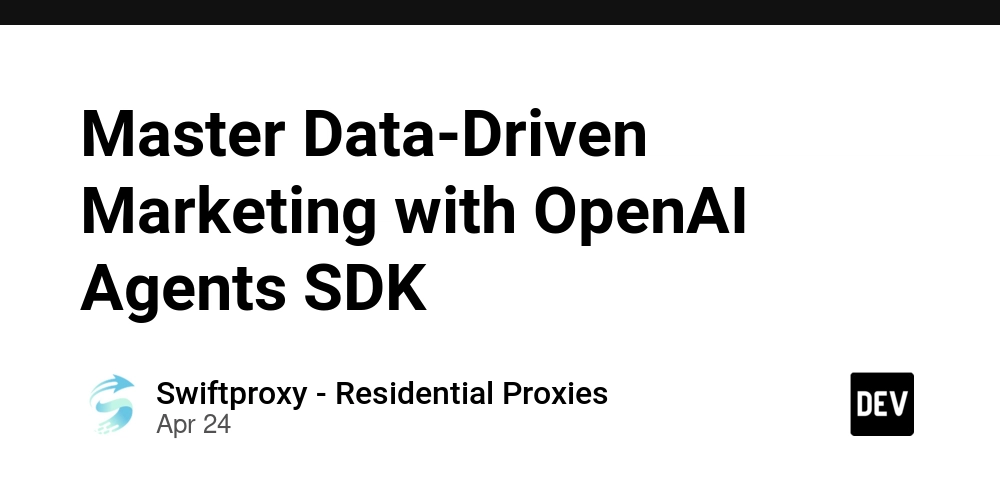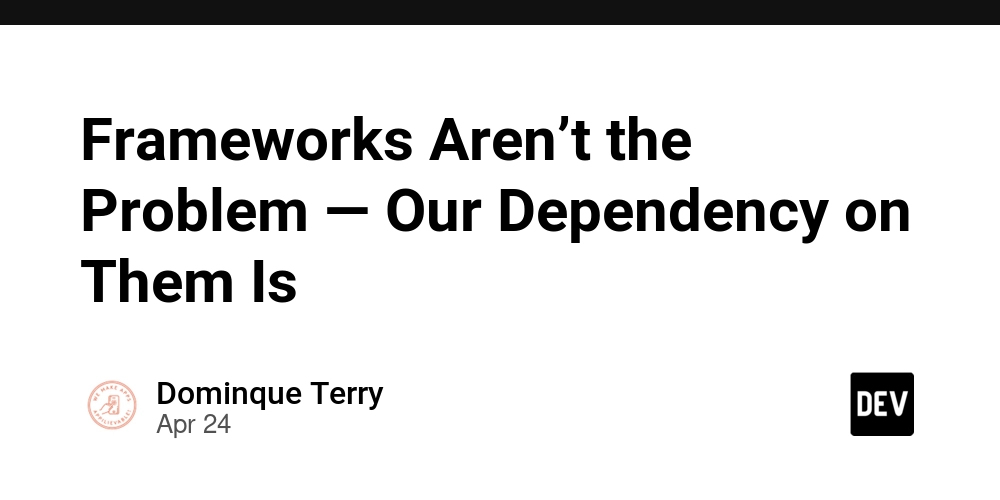
Ditch the Middleman: How Blockchain Tech Is Redefining Trust
For too long, we've relied on centralized institutions to dictate reality, from banks and governments to social media platforms. But what if we could build trust directly into systems themselves? What if we could verify information without needing permission? That's the promise of blockchain technology.
What is Blockchain? The Foundation of Decentralized Tech Explained
At its core, a blockchain is a distributed digital ledger—a database with game-changing features.
- Decentralized: No single entity controls it.
- Immutable: Past entries can't be altered.
- Transparent: Everyone sees the same data.
- Secure: Protected by advanced cryptography.
Think of it as a Google Sheet shared across thousands of computers, where no one can secretly change the numbers. This new technology is the foundation for a new era of trust.
Why Should You Care About Blockchain?
Blockchain technology challenges the assumption that middlemen are necessary for systems to function. It enables peer-to-peer systems where code, not paperwork, enforces agreements.
This represents a profound shift in how we:
- Exchange Value
- Prove Identity
- Verify Ownership
- Enforce Contracts
And this shift toward blockchain solutions is already underway.
Web3 and Blockchain: A User-Owned Internet
Blockchain technology is the backbone of Web3, a decentralized internet version:
- Decentralized: Away from tech monopolies.
- User-Owned: You control your data.
- Interoperable: Apps work seamlessly together.
Platforms like Ethereum, Solana, and Polkadot empower developers to build decentralized applications (dApps) with the potential to revolutionize finance and social media. Understanding blockchain now is like understanding the internet in the early 90s.
The Evolution of Blockchain Technology That Changed Everything
Blockchain technology has undergone a dramatic evolution, transitioning from a niche concept to a fundamental technology shaking up industries.
The Pre-History of Blockchain (Before 2008)
Core Innovations:
- Cryptographic Tools: Hash functions (like SHA-256), Merkle trees, and digital signatures laid the foundation for secure data handling.
- Early Concepts: DigiCash and Bit Gold explored ideas for digital currency and decentralized systems.
Blockchain 1.0: The Bitcoin Revolution (2009-2013)
- Bitcoin Emerges: Satoshi Nakamoto's whitepaper and the Bitcoin network launched, introducing a decentralized currency.
- Key Features: Proof of Work, decentralized ledger, and censorship resistance.
Blockchain 2.0: Smart Contracts Arrive (2014-2016)
- Ethereum's Innovation: Vitalik Buterin introduced Ethereum with smart contracts.
- Key Advancements: Smart contracts for automated agreements and the ERC-20 standard for tokenizing assets.
Blockchain for Business: Enterprise Adoption (2016-2018)
- Corporate Integration: Hyperledger Fabric, R3 Corda, and Quorum offer enterprise-grade blockchain tools.
- Key Features: Permissioned networks and hybrid models for regulatory compliance.
Scaling Up: Solving Blockchain's Limitations (2018-2020)
- Layer 2 Solutions: Lightning Network and Rollups improve transaction speed and reduce fees.
- Cross-Chain Protocols: Polkadot and Cosmos enable interoperability between different blockchains.
DeFi and NFTs: Blockchain Goes Mainstream (2020-2023)
- Decentralized Finance (DeFi): Platforms like Uniswap, Aave, and Compound introduce decentralized financial services.
- Non-Fungible Tokens (NFTs): ERC-721 standard enables unique digital assets like art and collectibles.
Sustainability and Regulation: A More Mature Blockchain (2022-Present)
- Ethereum's Merge: Transition to Proof of Stake dramatically reduces energy consumption.
- Regulatory Frameworks: The EU's MiCA regulation and SEC actions shape the legal landscape.
- Institutional Adoption: Bitcoin ETFs and corporate treasuries signal increased interest in blockchain from traditional institutions.
The Future is Bright: Emerging Trends
- AI Integration: Decentralized AI training and AI-driven smart contracts.
- Quantum Resistance: Developing cryptographic algorithms to withstand quantum computing attacks.
- Real-World Asset Tokenization: Tokenizing real estate and commodities.
Challenges Ahead for Adoption of Blockchain Technology
- Blockchain scalability trilemma: Balancing security, decentralization, and speed remains a key challenge.
- Regulatory uncertainty: Inconsistent global crypto policies create hurdles.
- User experience: Simplifying blockchain access for non-technical users is essential.
Blockchain Technology's Expanding Horizon
From its beginnings as a peer-to-peer payment system, blockchain has evolved into a versatile technology with applications across various sectors. It's shaping the future of digital infrastructure.
Are you exploring blockchain use cases? Share your thoughts in the comments below! 🧱👇







